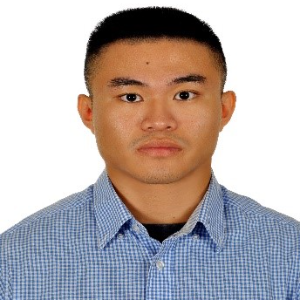Title : Photocatalytic oxidation of elemental mercury by hydrophobic reduced graphene oxide modified CeO2/TiO2
Abstract:
Since the signing of the Minamata Convention in 2013, the control of mercury emissions has become a pressing concern, considering its impact on human health through bioaccumulation and biomagnification. Various sources include mining, waste incineration, and coal-fired power plants. According to the Convention, coal-fired power plants are recognized as primarily controlled targets. Mercury could be emitted in three forms: elementary, oxidized, and particulate. Among them, elemental mercury (Hg0) is the most difficult species to remove because of its volatility and insolubility. A cost-effective solution involves oxidizing it into mercury oxide and dissolving it in wet flue gas desulfurization. This study synthesized TiO2/CeO2 by modifying reduced graphene oxide (GCT) to photocatalytic oxidize Hg0 to Hg2+. The modification of reduced graphene oxide (rGO) provides several advantages. Its high specific surface area allows for the uniform dispersion of TiO2/CeO2 nanoparticles, thereby increasing the active sites exposed to pollutants. Furthermore, rGO can serve as a sacrificial adsorbent, capturing SO2 to mitigate its detrimental effects on metal oxides. In addition, rGO is hydrophobic, and the water molecules in the flue gas are hard to adsorb on the surface of GCT. From the advantages mentioned above, GCT could perform excellent photocatalytic oxidation efficiency of Hg0 under the complex gas components at a high temperature compared to TiO2/CeO2. This presentation also provides some basic DFT calculations to identify the active sites of GCT (Hg0 adsorption). The adsorption energy of various gas components (SO2, NO, and H2O) in the flue gas as well.
Audience Take Away
- The audience can know the advantages of graphene in photocatalytic oxidation of elemental mercury.
- The audience can learn about the application of photocatalysis in the industry.
- The audience can build their laboratory-scale flue gas system to experiment.



